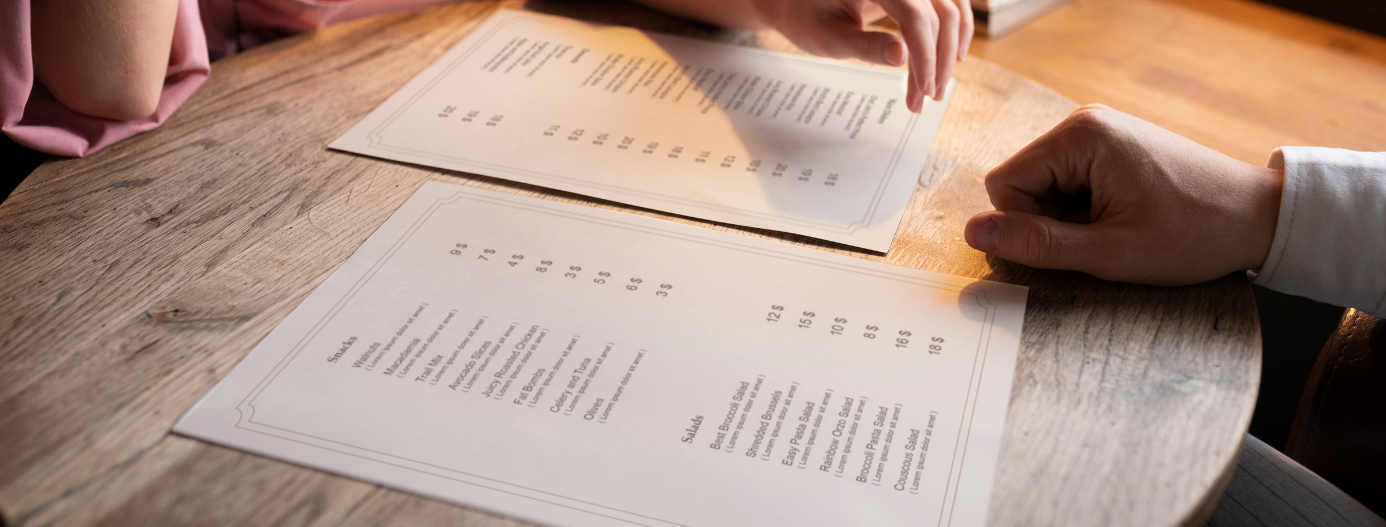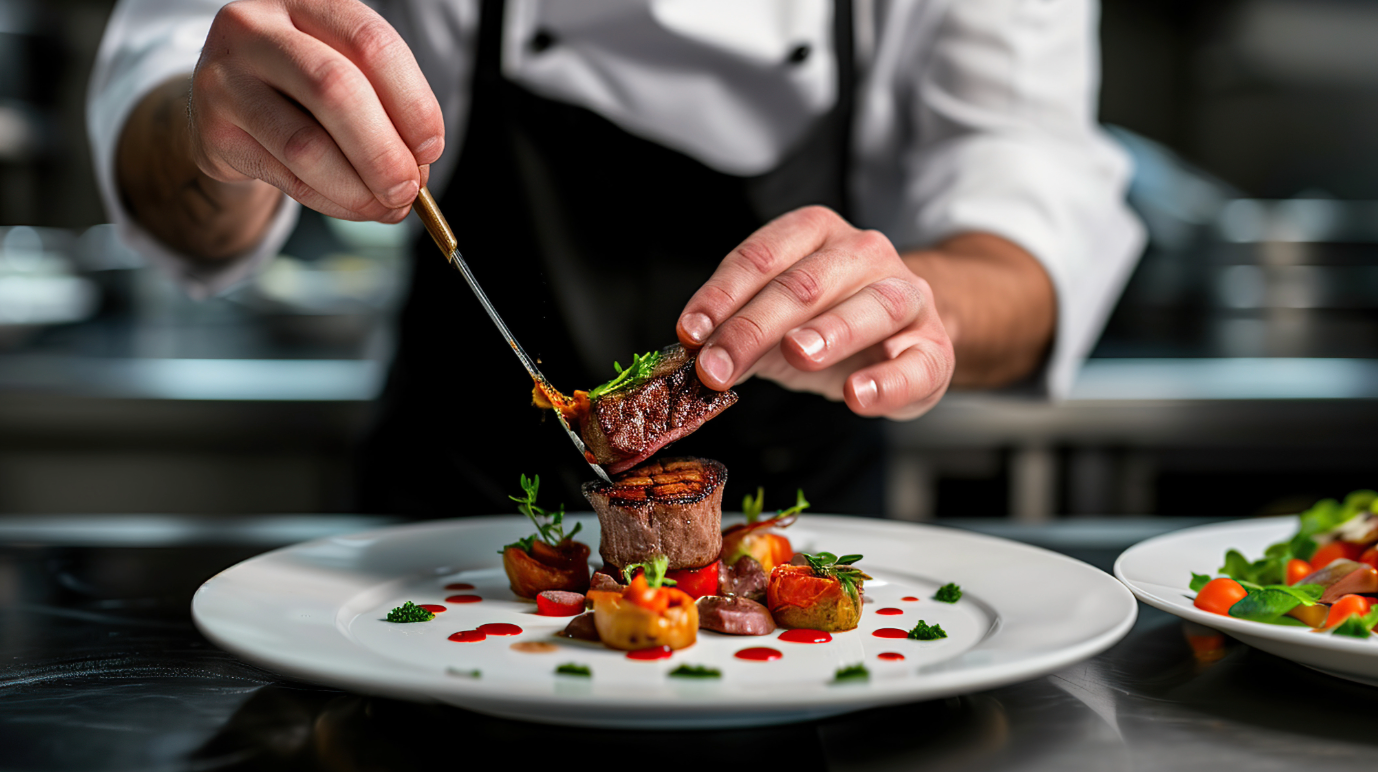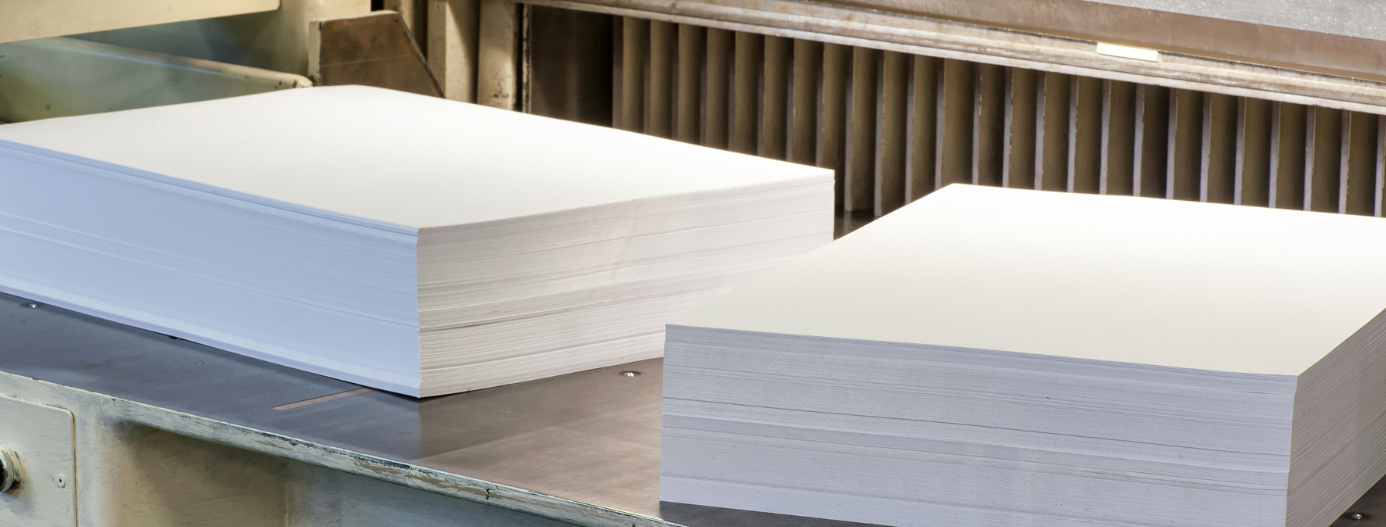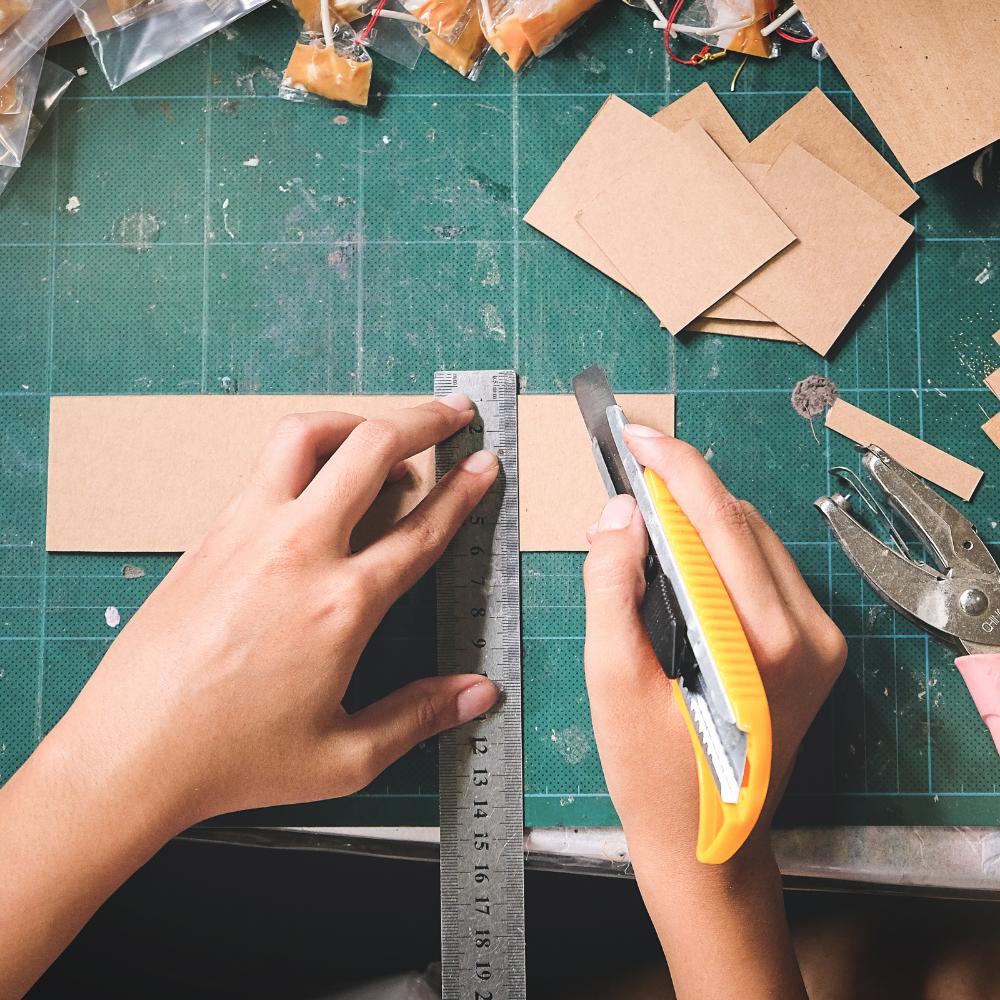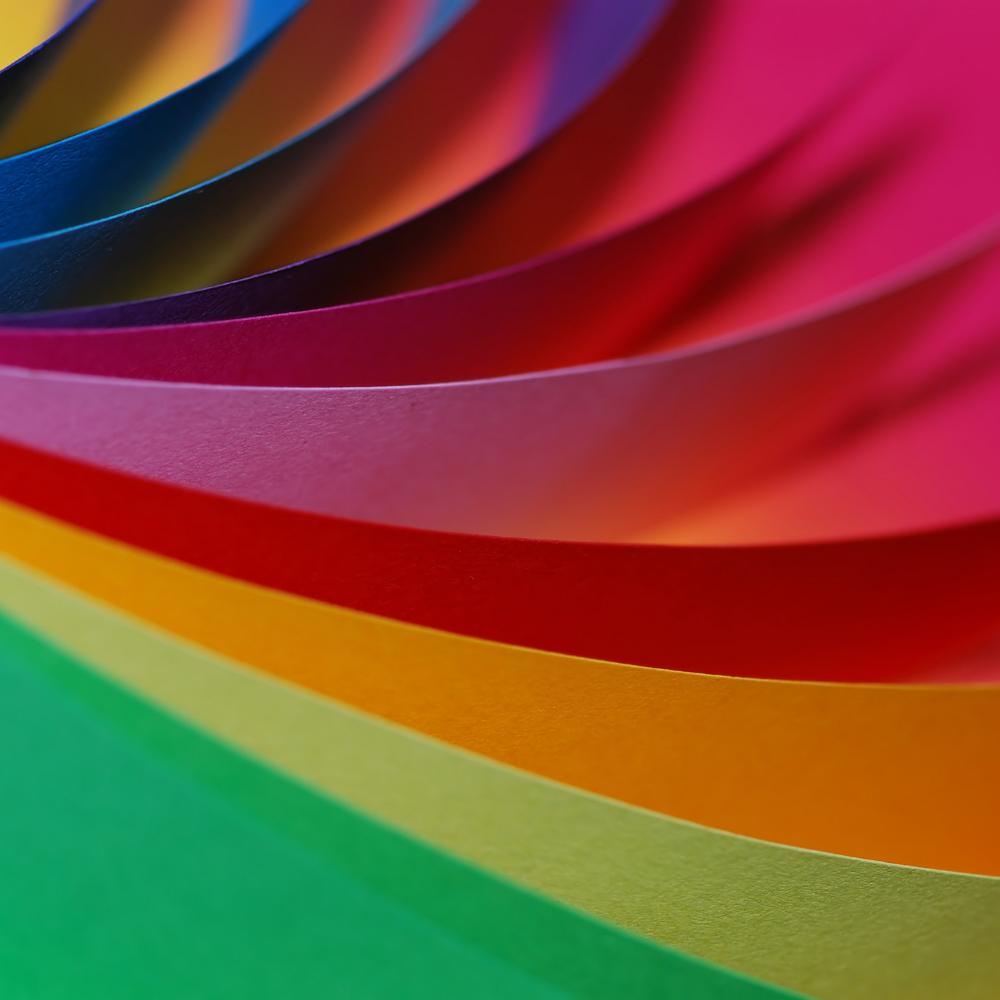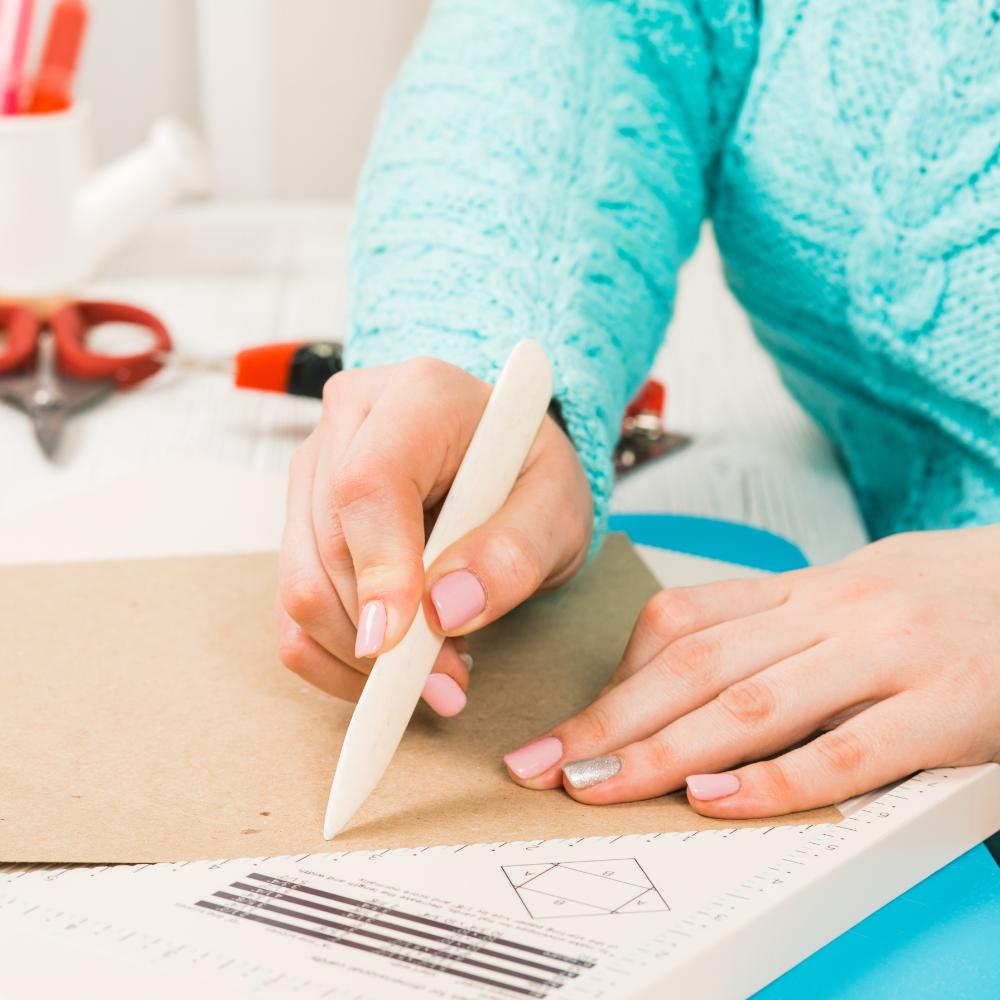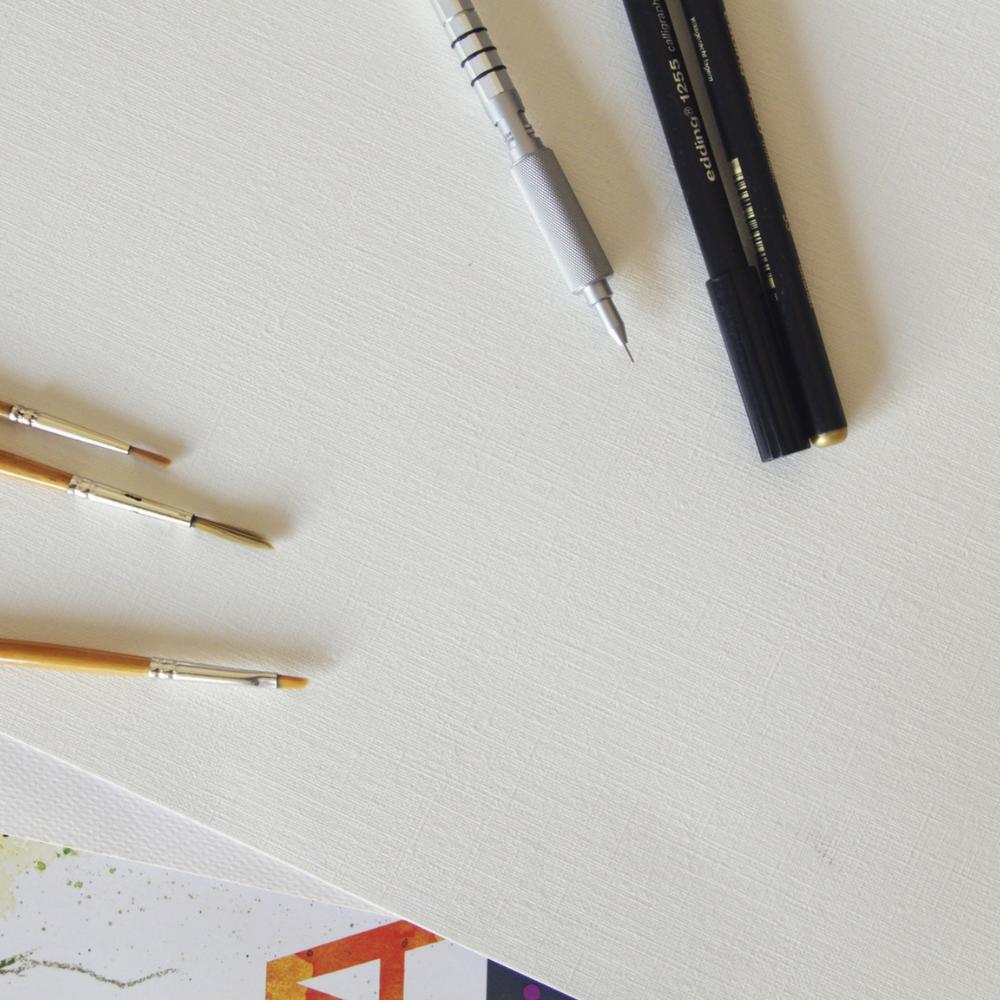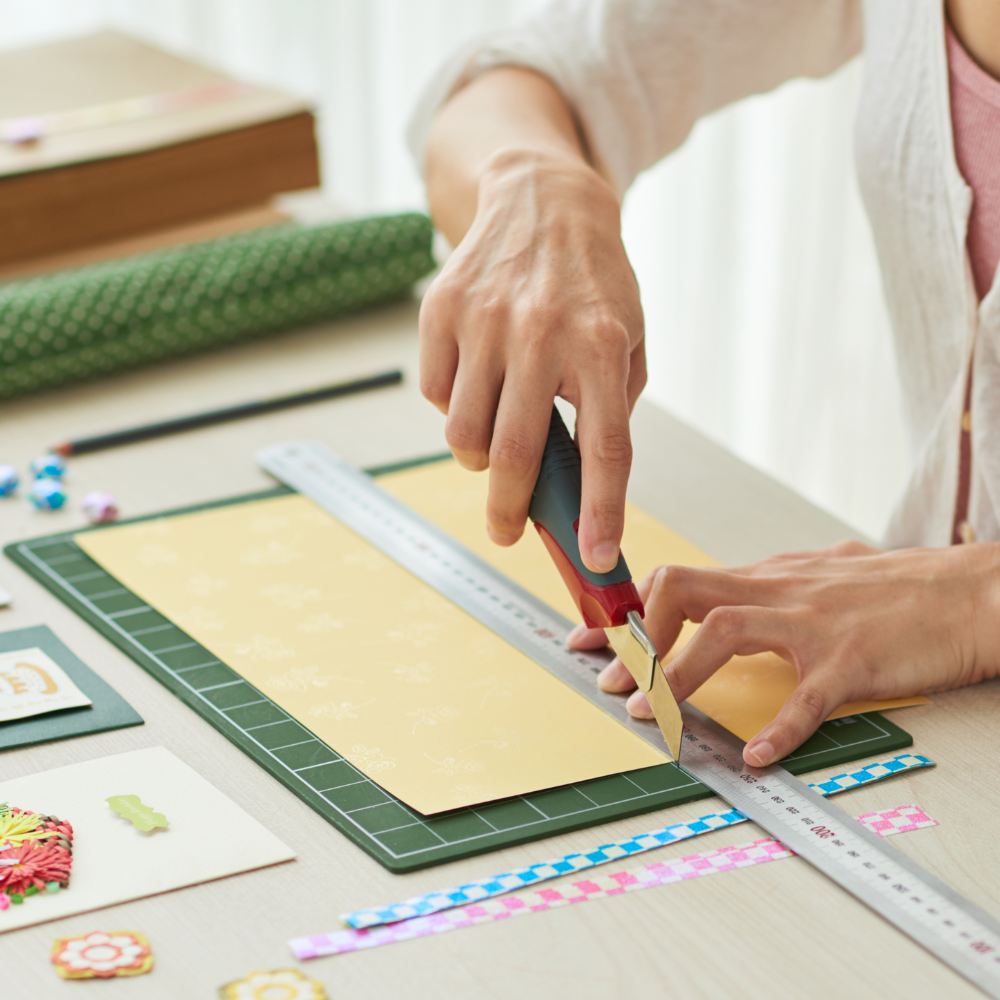Best Paper To Write Letters On In 2021
Do you ever notice how some notebooks have a good writing side and others are bad?
Not particularly a good or a bad side but rather one side feels good to write on the other side is slightly rough, and your pen just is not smoothly gliding over it.
Sometimes the words become blurred or have jagged edges, while other times the ink is visible through to the other side and the words begin to mix with each other hardly making any sense to read anymore.
What if you wish to make a good impression, for example, by printing a cover letter along with your resume, but the print just does not look sharp. Or when you wish to write a note or practice calligraphy or simply finish some school work using your favorite fountain pen, the results look downright unpleasant.
It is all about the paper you are using.
Read on to find out features of a paper good for every day or creative writing and more.
What makes a good writing paper?
There are several features or characteristics of paper that you notice only when you are faced with a problem such as feathering or bleeding or ink over paper.
Even while printing this problem can occur fairly often if you do not use a good quality paper.
How about you take the following facets of paper under consideration before buying your next ream of paper.
Brightness
Foremost, any paper that is good for writing letters ultimately is recognised by the virtue of its readability. Different colours of paper that are more readable in various conditions than others.
Brightness refers to the amount of light a paper reflects. The brightness of a paper is also the most crucial factor in affecting its readability. So some colored papers, regardless of how they are for writing, are ultimately not good because of their inability to be readable in different conditions. For example, neon colors may contribute to difficulty focusing on words and causing eye fatigue.
As a general guideline, a bright white paper with low brightness count can cause a blurring effect but an excessively high brightness count can cause eye strain.
Coating
Coming back to the opening sentence of this article, the thing that makes one side of any paper smooth and the other side comparatively rough is one side that is coated.
Coated paper refers to any paper that has been subjected to a coating of materials to achieve specific qualities ranging from smoothened surface to lesser absorbency to ink, receptiveness of the paper for pigment, its brightness and opacity.
The coating of paper can vary from one kind to another depending on its usage. For example, thick coated paper will be more useful to make magazine covers, book covers or printing photographs.
So any paper that does not readily absorb ink and has a smooth surface will be much more suited for letter writing or calligraphy because of reduced tendency of feathering or bleeding of ink.
Uncoated paper refers to paper quality that is not coated with any additional material. An absence of coating does not mean that these papers are not suitable for writing or printing.
Textured papers such as linen paper may not appear suitable for writing or general use, but it is a beautiful paper that produces unique soft edged words without any ink bleeds.
So for special writing tasks such as for calligraphy, some uncoated paper can also be considered provided you are okay with the end results.
Weight
You will notice that while you are using a simple ballpoint pen you are able to write off of almost all kinds of paper without having any feathering or soaking through pages. But fountain pens for felt tip pens simply become temperamental with different kinds of paper.
You can keep up a rule of thumb in mind that lighter paper in terms of weight will be more likely to have ink visible on other sides and thicker paper works well with all kinds of ink even if it has higher absorbency properties.
70 to 80 gsm
These are lighter papers that will work as your regular copy paper and will be most suitable for everyday writing. The paper can be expected to work best with a ballpoint pen with see through effect to a certain extent on the other side.
80 to 100 gsm
This is a common weight of paper that is thicker than regular copy paper and has comparatively higher opacity. Even fountain pens will produce clean crisp and beautiful lines on these papers without showing any imprint on the other side or feathering of ink.
You can try 100 gsm or higher paper weight for creative lettering or calligraphy for best results.
Explore the wide range of bright white papers available at ThunderBolt papers in many weights for your next writing, calligraphy or text printing project. We would love to hear about your experience with our products in our comments.


